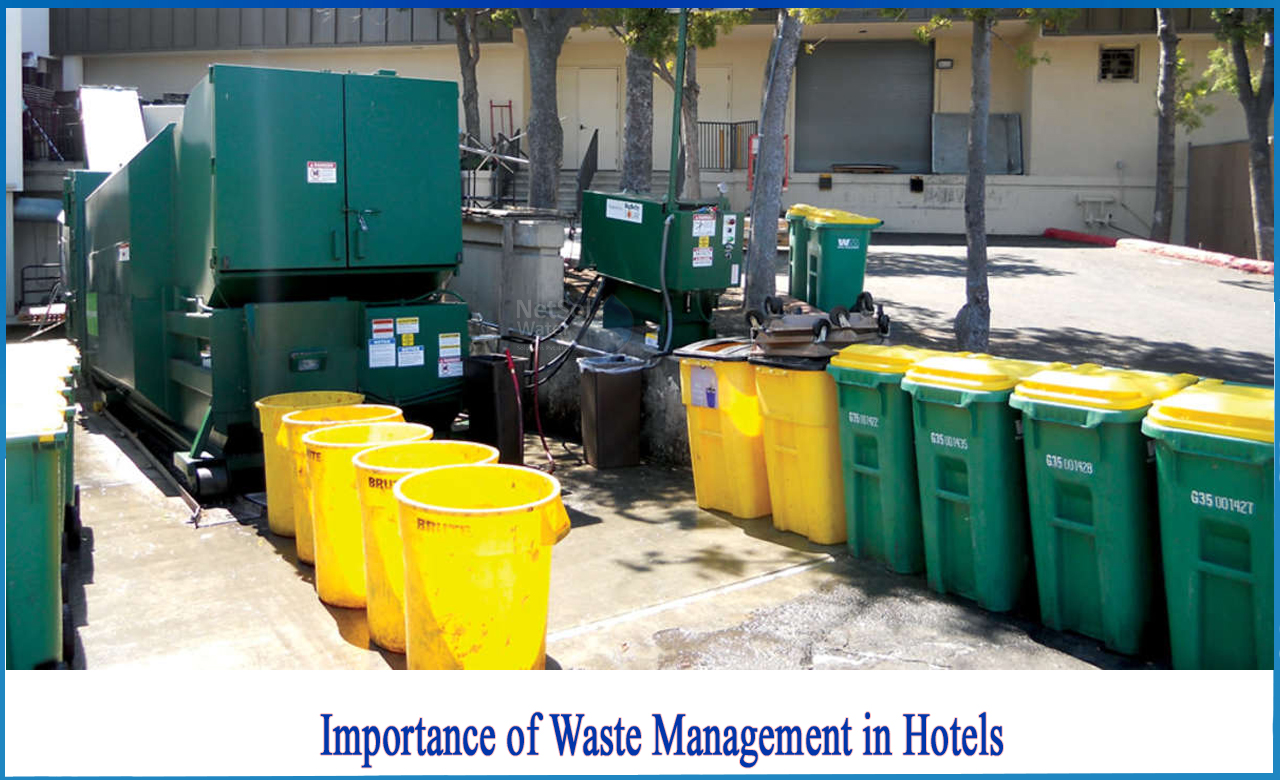Things about Reclaim Waste
Things about Reclaim Waste
Blog Article
Things about Reclaim Waste
Table of ContentsReclaim Waste - The FactsThe Reclaim Waste StatementsReclaim Waste Things To Know Before You Get ThisReclaim Waste Fundamentals ExplainedThe Best Strategy To Use For Reclaim Waste
Domestic sewage waste refers to the waste and items from a domestic septic container. The proper administration and disposal of residential sewer waste require liquid waste to be moved to a sewage therapy plant where the appropriate methods and tools are applied to cleanse and dispose of waste.
Industrial waste typically consists of prospective dangers, such as flammable materials or a mixture of liquid and solid waste products, and calls for a more sophisticated and detailed disposal process. The disposal of industrial waste normally includes the filtering of waste before transport to make certain secure and proper disposal. Hazardous waste is developed from byproducts and overflow of commercial processes and production.
This sort of waste can not make use of the same sewage management transport or procedures as septic or commercial liquids. The hazardous waste management process needs the inspection and testing of liquid waste before it goes through the disposal procedure (liquid waste disposal). Drainage waste is the liquid waste that comes from drainage and excess stormwater in highly inhabited locations or cities
Drainage waste can create contamination and flooding if not taken care of effectively. Ensuring correct waste administration can stop catastrophes and decrease ecological injury.
The Ultimate Guide To Reclaim Waste
Contact PROS Solutions today to discover our waste administration and disposal services and the appropriate ways to care for the fluid waste you produce.
(https://www.mixcloud.com/reclaimwaste1/)Do you recognize what occurs to your water when you disengage, flush the bathroom or drain the cleaning device? No? Well, it deserves understanding. This so-called 'wastewater' is not just an important resource however, after treatment, will certainly be released to our land, waterways or the ocean. Used water from toilets, showers, bathrooms, kitchen area sinks, washings and commercial processes is called wastewater.

water used to cool down machinery or clean plant and tools). Stormwater, a type of wastewater, is drainage that streams from farming and urban locations such as roofing systems, parks, yards, roadways, paths and rain gutters into stormwater drains, after rainfall. Stormwater moves without treatment directly to local creeks or rivers, at some point reaching the sea.
Not known Details About Reclaim Waste
In Queensland, most wastewater is treated at sewer therapy plants. Wastewater is transported from domestic or industrial sites through a system of sewers and pump site stations, referred to as sewerage reticulation, to a sewage treatment plant. City governments develop, preserve and run most sewer treatment plants. Operators are certified under the Environmental Security Act 1994 to release cured wastewater at an appropriate ecological requirement into waterways.
The Division of Natural Resources recommends city governments regarding handling, operating and maintaining sewage systems and therapy plants. In unsewered areas, regional governments might call for homeowners to install individual or house sewer treatment systems to treat residential wastewater from bathrooms, cooking areas, shower rooms and laundries. The Department of Natural Resources authorizes making use of family systems when they are verified to be effective.
In some new neighborhoods, treatment of some stormwater to get rid of litter, sand and crushed rock has started using gross pollutant catches. Wastewater therapy happens in 4 stages: Gets rid of solid issue.
Uses small living microorganisms knows as micro-organisms to break down and get rid of remaining dissolved wastes and fine fragments. Micro-organisms and wastes are incorporated in the sludge.
Some Known Questions About Reclaim Waste.
Nutrient removal is not available at all sewer therapy plants due to the fact that it needs costly specialised equipment. Clear fluid effluent generated after therapy may still contain disease-causing micro-organisms - liquid waste disposal.

This generally suggests wastewater needs to be treated or contaminants gotten rid of prior to it can be discharged to waterways. A lot of wastewater streams into the sewerage system. Under the Act, local governments administer authorizations and permits for environmentally pertinent activities (ERAs) entailing wastewater releases that could have a regional impact. The department carries out approvals and permits to Ages involving wastewater launches that might have a regional or statewide impact.
The Main Principles Of Reclaim Waste
Surveillance gives valid details about water quality and can confirm that licence conditions are being met. The info acquired with tracking supplies the basis for making water high quality decisions.
Report this page